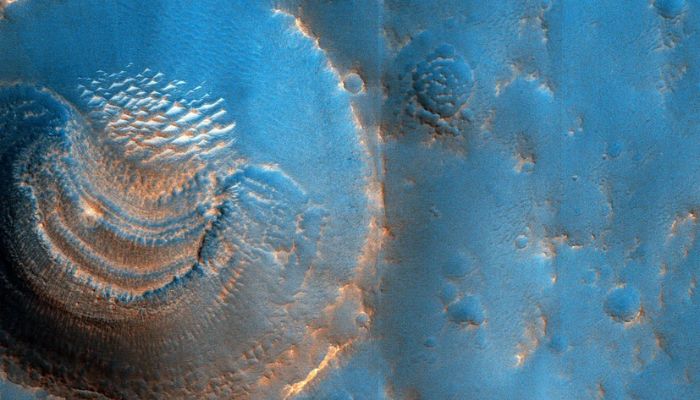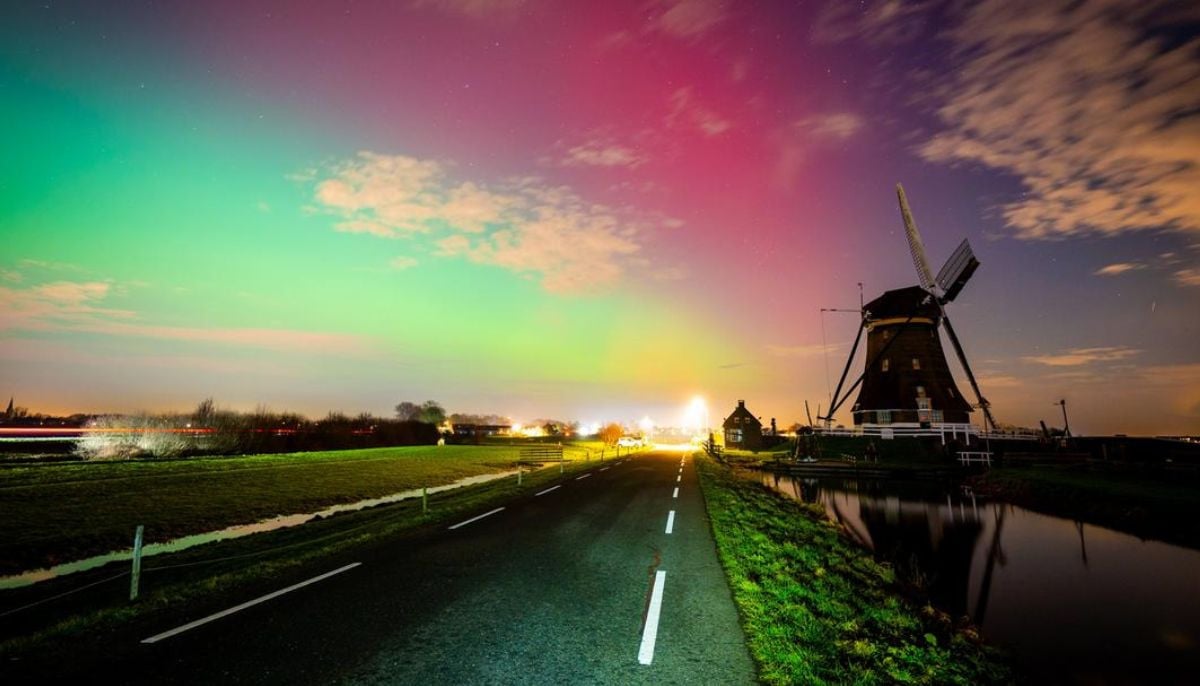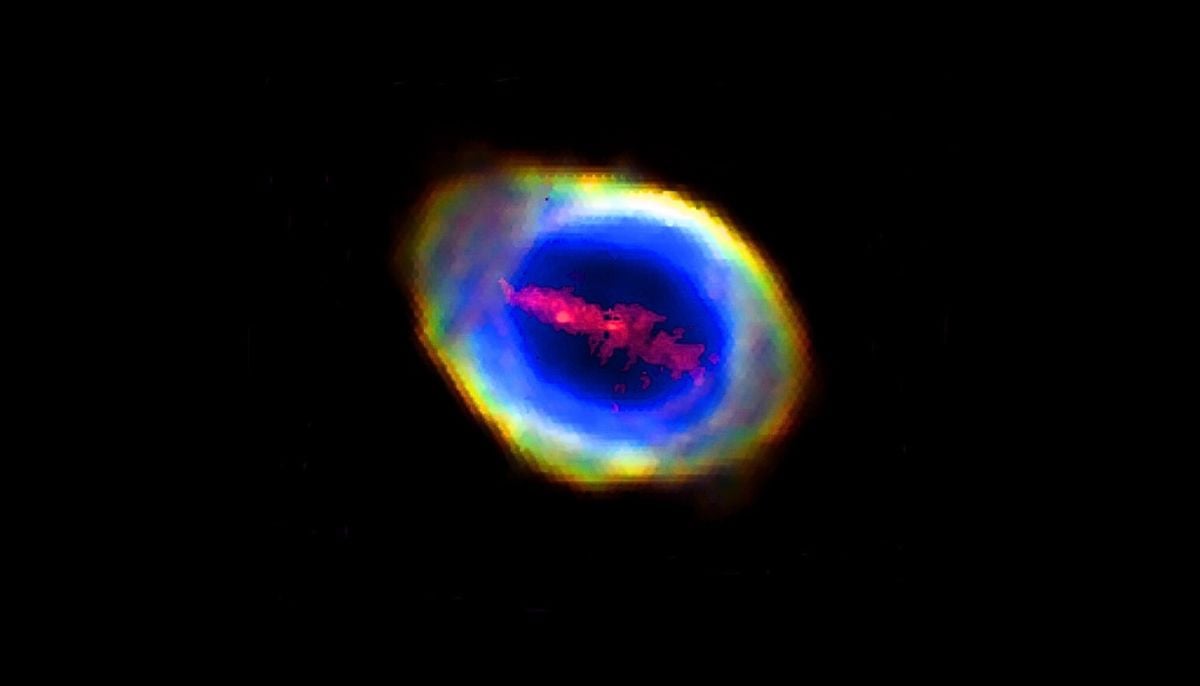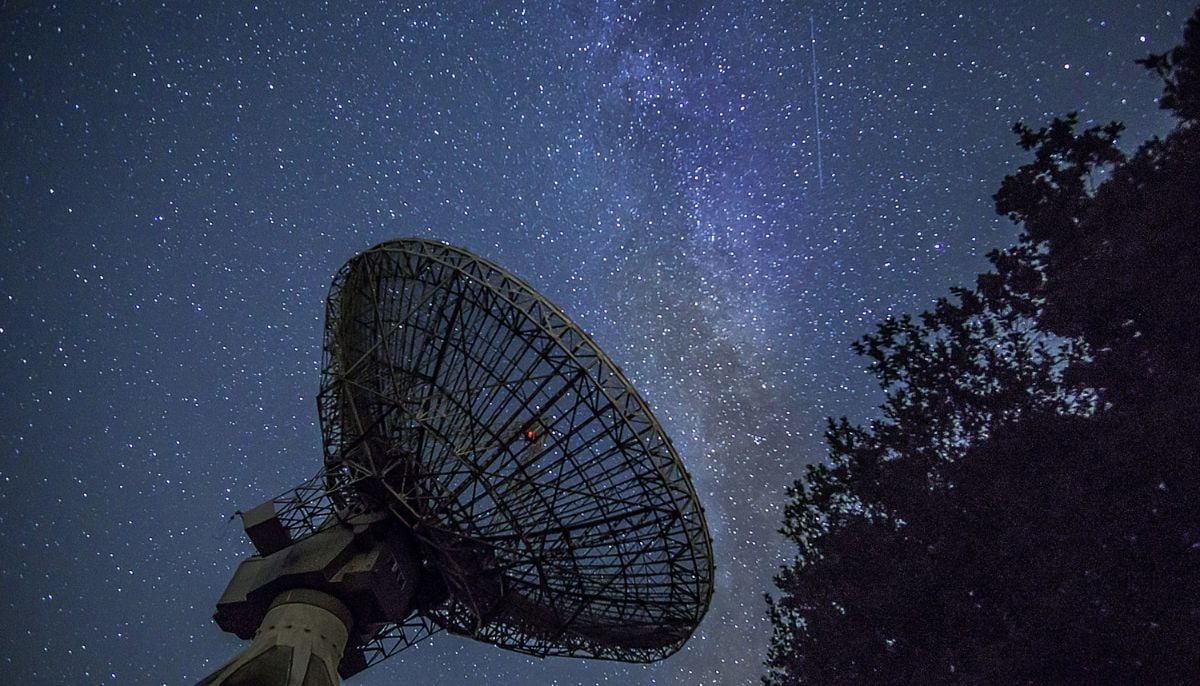Scientists intrigued by Mars' 'mysterious' craters
Using its HiRise camera, NASA's Mars Reconnaissance Orbiter took several aerial photos of craters in Arabia Terra, Mars
There are many great mysteries on Mars. Was there ever microbiological life there? Under the polar cap, are there any undiscovered "lakes"? The Arabia Terra region in the northern half of Mars is home to a number of craters, which are surrounded by a number of intriguing mysteries.
Using its HiRise camera, NASA's Mars Reconnaissance Orbiter took several aerial photos of craters in Arabia Terra.
According to Paul Geissler of the HiRise team, the craters in question "contain unusual deposits with puzzling forms and distribution." University of Arizona researchers manage HiRise, reported CNET.
The crater enigma is complicated in many ways. According to Geissler, the deposits feature horizontal laminations that could be strata or terraces. They also have ridges that radiate light. Only the south sides of craters larger than 1,970 feet (600 metres) in diameter have peculiar deposits. Smaller craters are devoid of them.
The unique shapes are quite puzzling, but there may be an explanation related to the sublimation of glacial material on Mars (sublimation is the process of a solid turning directly into a gas).
"The terraces might represent different epochs of sublimation," Geissler wrote. "Perhaps the larger craters penetrated to a water table between 45 and 60 metres below the surface and were flooded after formation."
Mars values sublimation a lot. The "Happy Face Crater," a crater located in the planet's icy south polar zone, is a great example. The crater's appearance, as well as the smiling face inside it, have evolved with sublimating frost over time.
-
Bamboo: World’s next sustainable ‘superfood’ hiding in plain sight
-
NASA Artemis II rocket heads to the launch pad for a historic crewed mission to the Moon
-
Blood Moon: When and where to watch in 2026
-
Elon Musk’s Starlink rival Eutelsat partners with MaiaSpace for satellite launches
-
Blue Moon 2026: Everything you need to know
-
Scientists unravel mystery of James Webb’s ‘little red dots’ in deep space
-
ISS crew of four completes medical evacuation with safe splashdown off California
-
Annular solar eclipse 2026: Here's everything to know about the ‘ring of fire’












